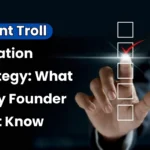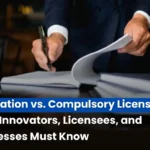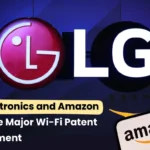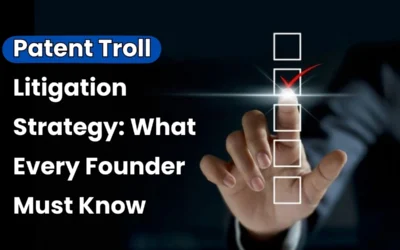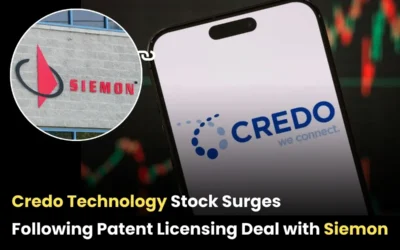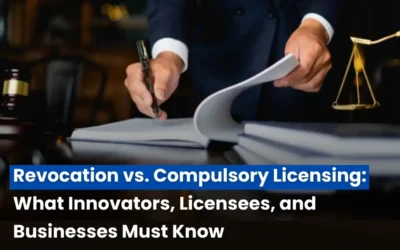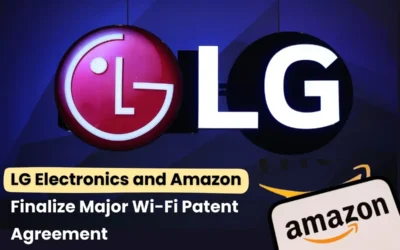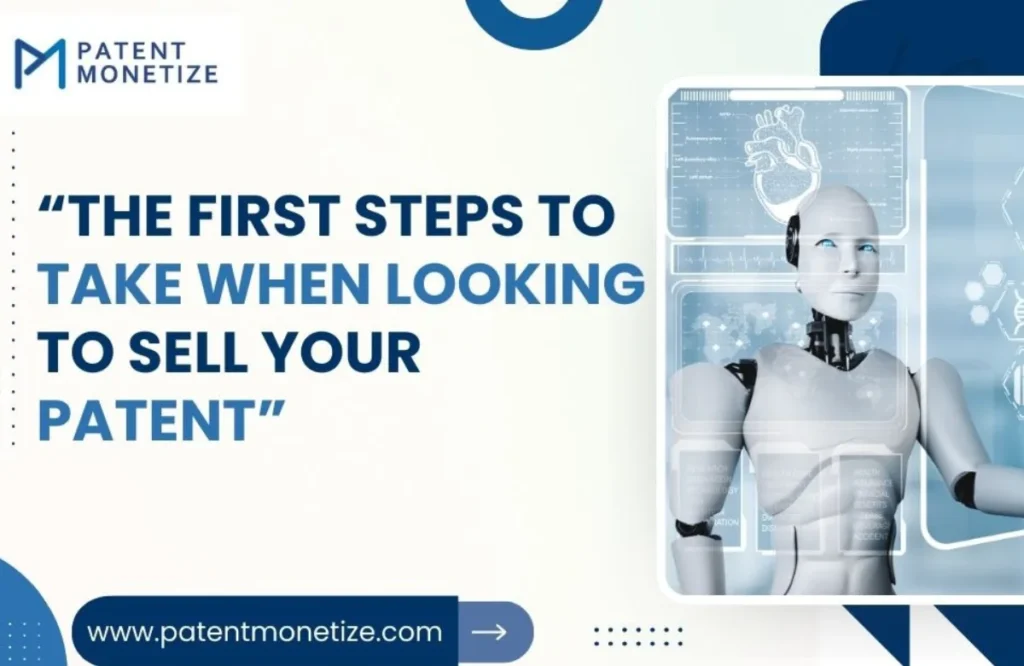
Patents are powerful tools that protect your unique ideas, inventions, and designs. If you’re a patent holder and looking to sell your patent, you’re likely considering various routes to maximize the value of your intellectual property (IP). Selling a patent is a strategic decision that can provide financial benefits, but it requires a well-thought-out process. If you want to make money off your invention but do not wish to go into production, or if you just want to get away from your invention, then selling a patent can be very rewarding. Here are the first steps in selling a patent. In this article, you will understand the best way to tread through the confusion of patent sales and ensure the best possible deal for yourself.
Value of Your Patent
You can’t sell your patent unless you know how much it’s worth. Patent valuation is not easy because several factors are present in the evaluation, such as uniqueness, marketability, and demand of your product in the market.
To get the value of your patent, you can try the following:
- Study Similar Patents: You find market research about similar patents to yours. This gives an idea of how much your patent might be worth by selling off similar patents or technologies.
- Market Demand: Determine how wide your innovation could be. A patent for a product with broad market demand is more likely to be of greater value than one that targets a narrow niche.
- Licensing or exclusive rights: Sell the patent outright or license it to enable the buyer only limited rights to the patent while retaining the ownership in the patent.
- Potential income streams:This can be a sum estimate that your patent will generate as income in the form of licensing or royalties. An invention whose usage is going to be very frequent in many types of products or industries can give you extreme value over a long run period.
You can even hire a patent attorney or an IP valuation expert so that you get a justifiable asking price.
Have Your Patent Totally Protected
When selling a patent, it is important that the law of intellectual property completely covers it. All procedures must be followed in securing the rights in a patent. The following are some of the steps to take.
- Patent status check: The patent has been granted and is in force. It can’t be sold if its status is only an application because full approval has to wait until it is issued.
- Legal issues check: No pending dispute and infringement should have been on your patent. Outstanding legal claims will not permit selling a patent.
- No lien on the patent: It must be ensured that no lien is attached to the patent. Outstanding monetary liabilities against a patent must be cleared before its sale.
Application and other additional legal work done in the case of a patent must seek a patent attorney for clearing the problems for the purpose of sale.
Preparation of documentation and proof of ownership
With that guarantee that the patent is covered as much as possible, you’ll now go ahead to gather all the documents of ownership and worth. The buyers would want to know if you are a holder of rights in the sale of this patent and also if it is well-documented.
Some of the documentation you may need includes the following:
- Proof involves the following: Obtain from the United States Patent and Trademark Office, or from your relevant local office an official patent certificate issued that a patent is granted and, therefore your rights are valid.
- Patent claims: A patent claim must describe what scope the protection of the invention is. It clearly shows that a buyer would know exactly what they are going to buy.
- Detailed disclosure of the invention: In that, it should include an account of how it works, its potential usage, and why it’s unique. That will help in deciding on the scope of your patent and its value.
- Research and development details: This stage includes details of research and development, and as required, technical data, research notes, prototypes, or product samples that show how your invention really works. The potential buyers will understand the value of the product in real terms.
This allows having all the documents so that the assessments by the intended buyers become easy with a good reason for an appropriate decision.
Identify Potential Buyers or Licensees
From then on, when your patent is finally ready for sale, try to know who can buy or license your invention. This might arise in the form of companies or people who would benefit from using your invention.
Types of buyers include:
- Industry-specific firms: Assuming that the company your patent pertains to is in any specific industry, such as health care, technology, or even automobiles, search for companies being engaged in the same business. Such an organization will always need products that are far better than the ones currently in circulation, and thereby buys patents to append to an already existing portfolio.
- Entrepreneurs or startups: Entrepreneurs will be interested in your patent if it meets the business goal of the entrepreneurs. Startups look for novel technologies or ideas that will distinguish them from the rest of the market.
- Patent brokers: Patent brokers are those individuals who connect sellers of patents with buyers. They have a network of potential buyers and may negotiate the sale of a patent.
- Venture capitalists or investors: Investors are bent on investing in a patent to add it to their portfolio. Venture capitalists however target a technology that would be ripe for commercialization; hence a surety of returns.
- Licensing: In case you do not want to sell then an alternative could be licensing of the patent. Through licensing you will have your ownership but get to receive royalty payments.
Identify interested buyers through patent marketplaces that can be accessed online at the USPTO’s database or through third party agencies that sell or buy patents. Networking in industry conferences or patent trade shows may also help opening doors to interested buyers.
Marketing Your Patent
You will sell it to realize top dollar from the selling of your patent. Proprietary patent marketing is largely an analogy to selling some physical product whereby there has to be marketing of the product.
Some of the effective marketing techniques include:
- Patent brokers: You can hire experts referred to as patent brokers. These experts will sell your patent to the potential buyers. They are familiar with the market and will negotiate the deal for you.
- Patent auctions: You can sell your patent through online patent auctions or patent marketplaces. Patent and patent marketplaces are places where patent buyers meet patent sellers; hence, they reach the maximum number of interested parties in purchasing a patent.
- Networking and outreach: You can also go straight to the interested buyers. Join industry events, trade shows, or innovation summits where companies and investors look for new technologies.
- Patent listing websites:There are several websites which allow you to list your patent for sale. PatentAuction.com or InnovationBay will sell your patent to interested buyers across the globe.
- Terms of Sale Agreement: After getting potential buyers for your patent, you will have to negotiate on terms of sale. Here, you will discuss price and everything else.
Some Key Things to Negotiate On:
- Price: Reflecting the value of your patent, price must be; besides that, you may have to furnish evidence in asking price as relevant to market demand, scope of your patent and even potentiality it may be able to bring later.
- Pay arrangement: This would show if any pay was made either as lump sum pay or paid installment. All payments were to be made at sales; however, some of these contracts paid at signing, and others were royalty.
- Transfer of rights: State clearly what rights the buyer is to acquire. It is a sale with an exclusive license or just a sale. The full ownership will pass onto the buyer; ensure the agreement clearly provides whether any rights shall be reserved by you.
- Warranties and representations: All those terms which describe the position of the patent in law, like whether the patent is valid or whether it’s obligated to defend third party claims.
Seek the help of a patent attorney, or even IP lawyer in negotiating and drafting the sale agreement. Therefore, your interest will be covered.
Close the Sale Agreement
This means there should be a final sale agreement that can be drawn from the terms and conditions agreed upon now. Therefore, there should be a contract signed to be one of the major documents where all details in the transaction about price, payment terms, or other relevant clauses can be agreed upon.The patent rights are transferred by filling a document with the concerned patent office, for example USPTO. This alone features the buyer in the patent books as the new owner of the patent.
Conclusion
Selling your patent definitely ranks among the most rewarding means of cashing in on your intellectual property. Certainly, it is not easy, though. The right steps-by understanding the value of your patent, protecting it, preparing all the appropriate paperwork, identifying potential buyers, marketing your patent appropriately, and negotiating-hard to sell it will become much easier. Good preparation and work with professionals who can guide you through the process will be key. You will determine to sell outright or license your patent; taking these first steps will help you maximize the value of your intellectual property and make a successful sale.
